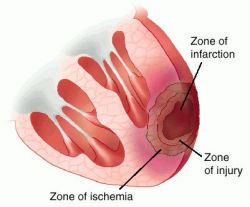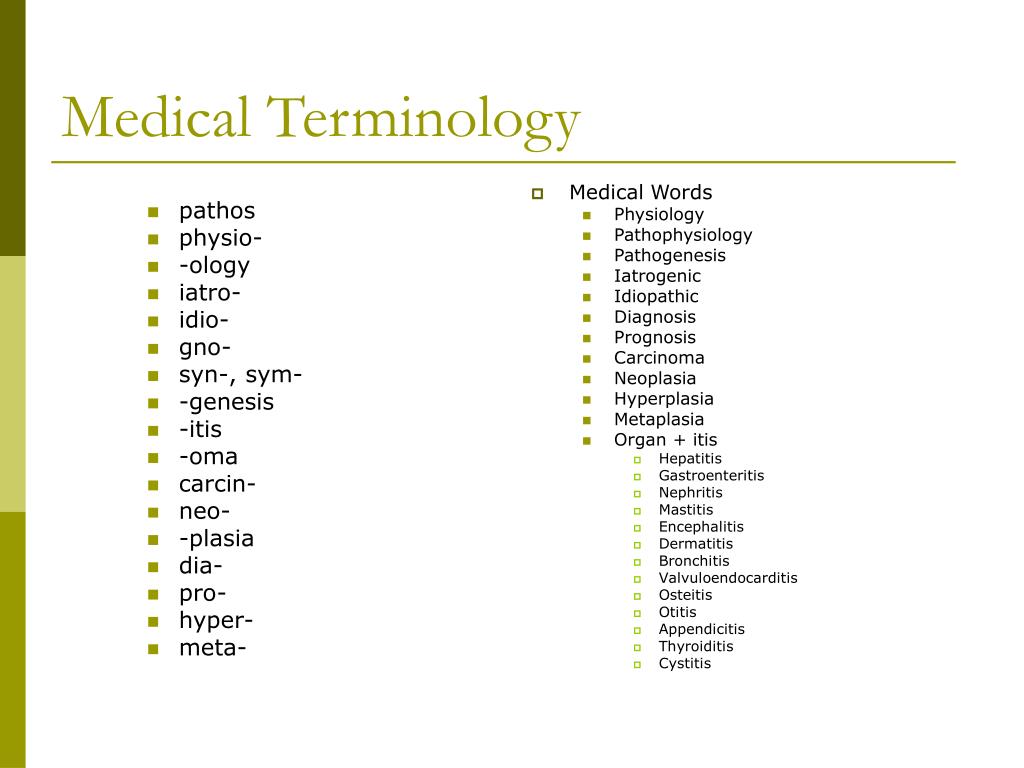

It should be noted that some rotator cuff tears are not painful. The pain and weakness in the shoulder may make routine activities, such as combing your hair or reaching behind your back, more difficult. You may have pain when you lie on the painful side at night. Over time, the pain may become more noticeable at rest and no longer goes away with medications.Over-the-counter medication, such as aspirin, ibuprofen, or naproxen, may relieve the pain. At first, the pain may be mild and present only when lifting your arm over your head, such as reaching into a cupboard.You may have pain in the shoulder when you lift your arm, or pain that moves down your arm. Tears that develop slowly due to overuse may also cause pain and arm weakness. There may be a snapping sensation and immediate weakness in your upper arm. Tears that happen suddenly, such as from a fall, usually cause intense pain. Crepitus, or a crackling sensation, when moving your shoulder in certain positions.Weakness when lifting or rotating your arm.Pain when lifting and lowering your arm or with specific movements.
 Pain at rest and at night, particularly if lying on the affected shoulder. The most common symptoms of a rotator cuff tear include: This can ultimately lead to a tendon tear. Without a good blood supply, the body's natural ability to repair tendon damage is impaired. Lack of blood supply. As we get older, the blood supply in our rotator cuff tendons lessens. Many jobs and routine chores can cause overuse tears, as well. Baseball, tennis, rowing, and weightlifting are examples of activities that can put you at risk for overuse tears. Repetitive stress. Repeating the same shoulder motions again and again can stress your rotator cuff muscles and tendons. Several factors contribute to degenerative, or chronic, rotator cuff tears. If you have a degenerative tear in one shoulder, there is a greater likelihood of a rotator cuff tear in the opposite shoulder - even if you have no pain in that shoulder. Rotator cuff tears are more common in the dominant arm - the arm you prefer to use for most tasks. This degeneration naturally occurs as we age and in most cases is relatively painless. Most tears are the result of a wearing down of the tendon that occurs slowly over time. When a tendon is completely detached from the bone, it is referred to as a full-thickness complete tear. With a full-thickness complete tear, there is basically a hole in the tendon. When only a small part of the tendon is detached from the bone, it is referred to as a full-thickness incomplete tear. Full-thickness tear. With this type of tear, there is detachment of part of the tendon from the bone. The tendon is still attached to the bone, but it is thinned. It is called partial because the tear goes only partially through the thickness of the tendon. Partial tear. This type of tear does not completely detach the tendon from the bone. As the damage progresses, the tendon can completely tear, sometimes with lifting a heavy object.
Pain at rest and at night, particularly if lying on the affected shoulder. The most common symptoms of a rotator cuff tear include: This can ultimately lead to a tendon tear. Without a good blood supply, the body's natural ability to repair tendon damage is impaired. Lack of blood supply. As we get older, the blood supply in our rotator cuff tendons lessens. Many jobs and routine chores can cause overuse tears, as well. Baseball, tennis, rowing, and weightlifting are examples of activities that can put you at risk for overuse tears. Repetitive stress. Repeating the same shoulder motions again and again can stress your rotator cuff muscles and tendons. Several factors contribute to degenerative, or chronic, rotator cuff tears. If you have a degenerative tear in one shoulder, there is a greater likelihood of a rotator cuff tear in the opposite shoulder - even if you have no pain in that shoulder. Rotator cuff tears are more common in the dominant arm - the arm you prefer to use for most tasks. This degeneration naturally occurs as we age and in most cases is relatively painless. Most tears are the result of a wearing down of the tendon that occurs slowly over time. When a tendon is completely detached from the bone, it is referred to as a full-thickness complete tear. With a full-thickness complete tear, there is basically a hole in the tendon. When only a small part of the tendon is detached from the bone, it is referred to as a full-thickness incomplete tear. Full-thickness tear. With this type of tear, there is detachment of part of the tendon from the bone. The tendon is still attached to the bone, but it is thinned. It is called partial because the tear goes only partially through the thickness of the tendon. Partial tear. This type of tear does not completely detach the tendon from the bone. As the damage progresses, the tendon can completely tear, sometimes with lifting a heavy object. 
In many cases, torn tendons begin by fraying. Most tears occur in the supraspinatus tendon, but other parts of the rotator cuff may also be involved. In most rotator cuff tears, the tendon is torn away from the bone.







 0 kommentar(er)
0 kommentar(er)
